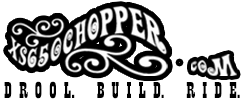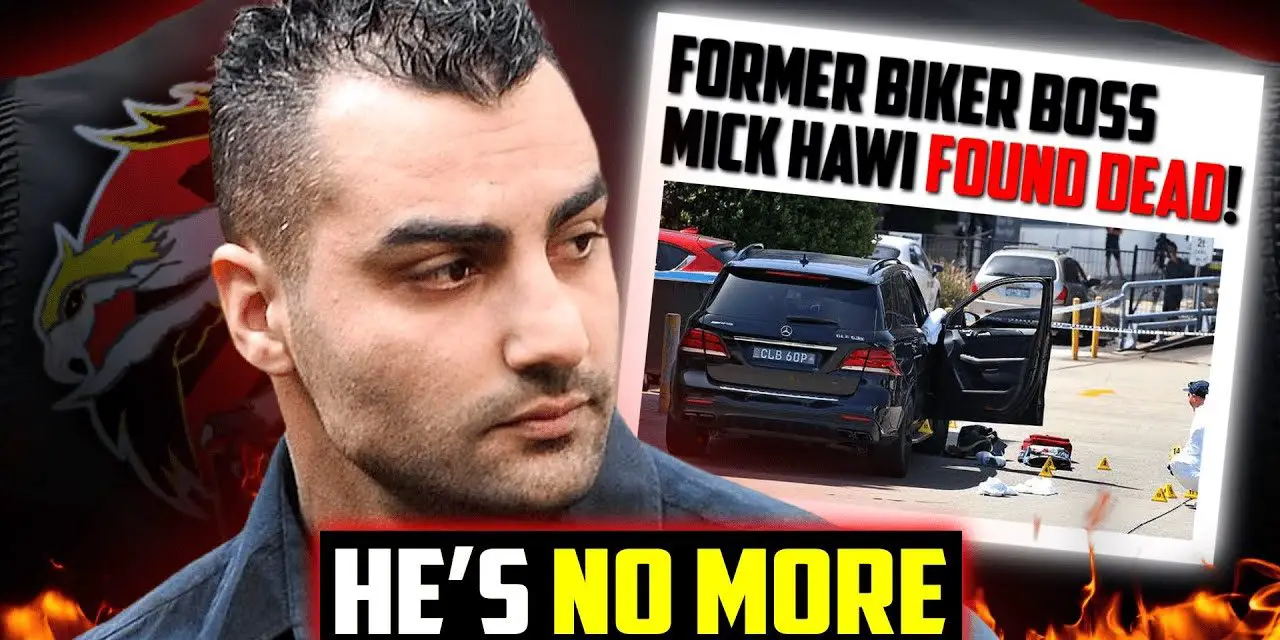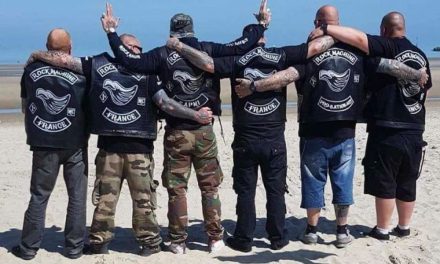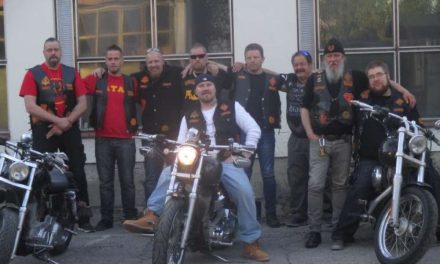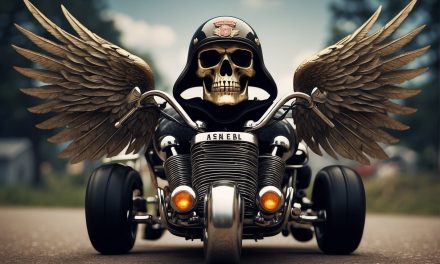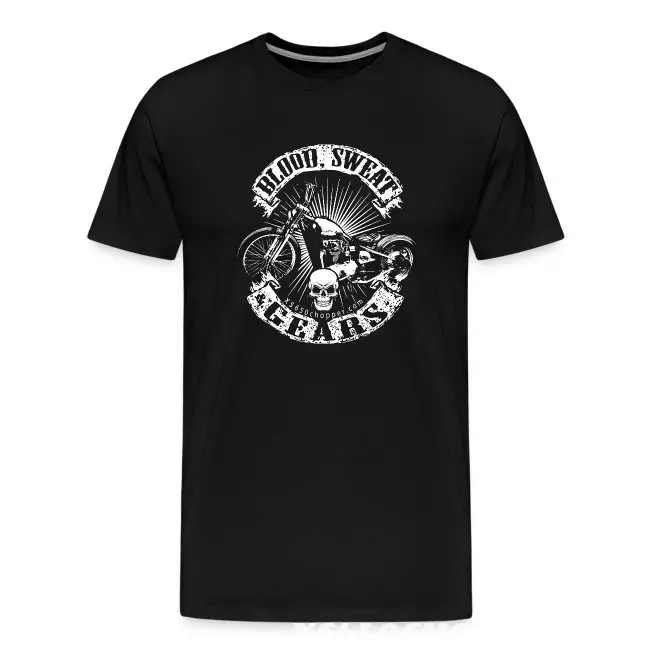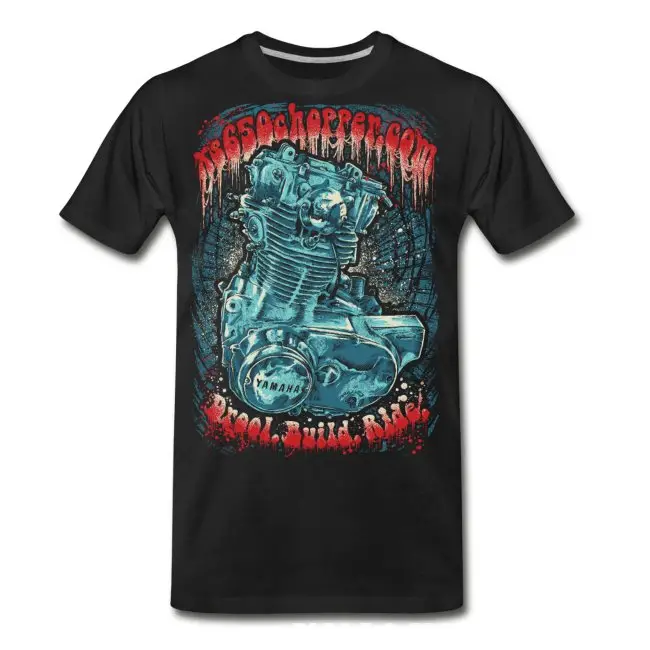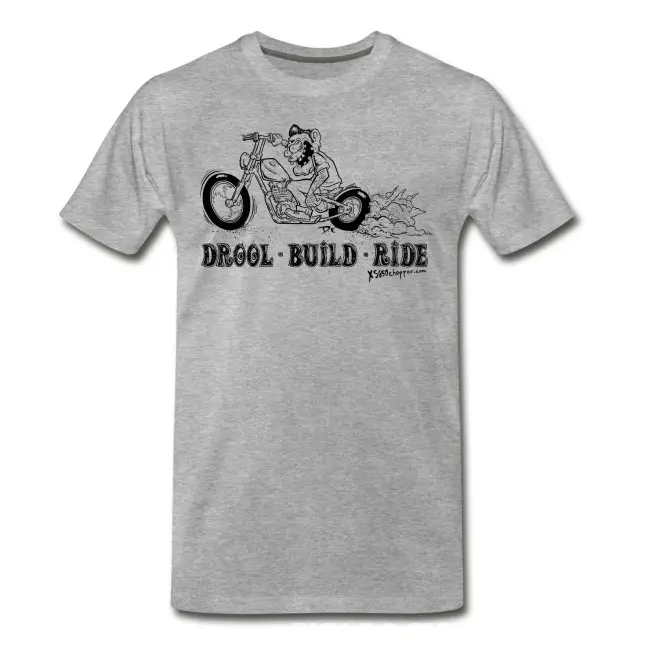The Comanchero Motorcycle Club has been a prominent part of the Australian biker scene for decades, often surrounded by controversy and tales of criminal activities. One figure who has become synonymous with the club’s tumultuous history is Mahmud “Mick” Hawi, the Lebanese Australian outlaw biker who rose through the ranks to become the National President and Supreme Commander.
His tenure was marked by power struggles, violence, and ultimately, his tragic assassination. In this article, we explore five key aspects of Hawi’s life and legacy, as detailed in the video below this article that delves into his rise and fall within the notorious biker club.
1. Early Life and Introduction to the Biker World
Mahmud “Mick” Hawi’s life began far from the world of motorcycle clubs and organized crime. Born in May 1980 in Beirut, Lebanon, his early childhood was disrupted by the Lebanese Civil War, prompting his family to migrate to Australia in search of safety. Settling in New South Wales, Hawi’s upbringing in Sydney’s streets was tough, shaping him into a resilient and street-smart individual. By the age of 16, after dropping out of high school, he was already involved in his father’s spray painting business, which inadvertently opened the doors to the biker underworld.
Hawi’s introduction to the Comanchero Motorcycle Club came at 19 when he started mingling with its members. His imposing stature and physical toughness made him an ideal recruit. As a new member, Hawi had to bide his time, learning the ropes and proving his loyalty. But it wasn’t long before he began to show signs of ambition, a thirst for power that would soon catapult him to the top of the club’s hierarchy.
2. Power Struggle and Ascension to Leadership
The path to leadership within the Comanchero was neither simple nor bloodless for Hawi. In 2002, he led a violent coup against the club’s founder, Jock Ross, in a brazen attack that saw him claim the title of National President. This act of aggression set the tone for Hawi’s rule; it was clear that he was willing to go to extreme lengths to consolidate his power.
His presidency, however, was not universally accepted within the club. A faction saw his leadership as illegitimate, leading to internal strife and challenges. Despite these hurdles, Hawi managed to navigate the club through tumultuous times, including the infamous 2005 Cronulla riots, where he played a role in de-escalating tensions. Yet, his presidency was marked by constant threats, both from within the club and from law enforcement.
3. Conflict and the Sydney Airport Brawl
Under Hawi’s leadership, the Comanchero were involved in various conflicts with rival motorcycle clubs, but none as significant as the clash with the Hell’s Angels. This feud came to a head in 2009 at Sydney Airport, where a violent brawl led to the death of Anthony Zervas, a Hell’s Angels associate. The public nature of the incident and the subsequent media coverage painted the biker clubs in a negative light, shattering any romanticized image of outlaw bikers in Australia.
The airport brawl was a turning point for Hawi, as it brought increased police scrutiny and signaled the beginning of his downfall. Despite initially going into hiding, the incident would lead to his arrest and conviction, forever altering the trajectory of his life.
4. Trial and Conviction
Following the Sydney Airport brawl, Hawi was charged with the murder of Anthony Zervas. The trial was a high-profile affair, with a Comanchero member breaking the club’s code of silence to testify against Hawi. This betrayal within the club’s ranks was a significant factor in Hawi’s conviction for second-degree murder, resulting in a sentence of at least 28 years in prison.
However, after an appeal and a plea bargain, Hawi’s conviction was reduced to manslaughter, and he was released on parole in 2015. His time in prison and the conditions of his release meant that his life post-incarceration would be drastically different, with strict parole conditions severing his ties to the biker lifestyle he once led.
5. Assassination and Legacy
Hawi’s life after prison was short-lived. On February 14, 2018, he was assassinated in a targeted attack, shot in his car outside a gym in Rockdale. The precision of the hit and the subsequent investigation pointed to a well-planned execution, likely stemming from his past connections and actions within the biker community.
Despite his violent end, Hawi’s legacy within the Comanchero and the broader Australian biker culture remains significant. His life story is a testament to the complex and often brutal world of outlaw motorcycle clubs, where loyalty, power, and betrayal are part of the fabric that binds members together. Mick Hawi’s name will forever be linked to a chapter in the Comanchero’s history that is both infamous and instructive, a cautionary tale of the costs associated with a life of crime and rebellion.
